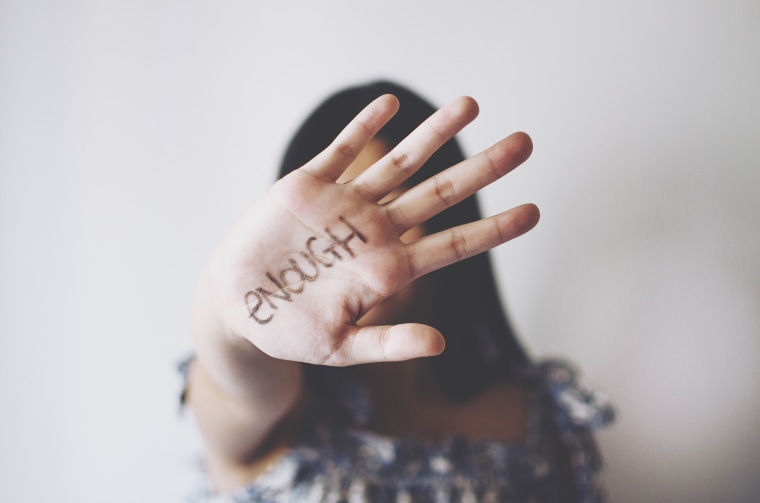I’ve noticed from my school experience that more violence is visible during high school years. As boys become men, the display of power and domination is almost inevitable. Teenagers come to develop the “manbox” characteristic: aggressiveness (Kilmartin 6). It exists between boys but also between boys and girls. The difficulty in boys’ relationships with girls sometimes intensifies in the form of sexual harassment or assault. Acts of domination are shown on the weak or the “different” that are predominantly the easiest targets. If you happen to have red hair, dark skin, are too fat or too skinny or have any other “special characteristic”, bullying is not very far. In fact, bullying is “a pattern of repeated aggressive behavior with negative intent, directed from one youth to another where there is a power imbalance” (Canadian Safe School Network). Let’s explore what the Marketplace investigations reveal about such violence in schools and how their research backs up the results.
The team at Marketplace investigated students harming others physically and emotionally. Those kids often don’t tell authorities what they are going through; close to 50 per cent of high school students don’t report what they witness or experience. They discovered that for cases that were reported, school boards across Canada didn’t precisely document information, avoiding them to structure solutions to this terrible situation. With the help of specialists, Marketplace conducted an independent survey on students who’d experienced homophobic or racial insults as well as physical or sexual assaults. It included 4,000 youngsters in their school years from elementary to high school or CEGEP. “The results are stark: 41 per cent of boys say they were physically assaulted at high school; 26 per cent of girls say they experienced unwanted sexual contact at school; and one in four students first experienced sexual harassment or assault before Grade 7.” Furthermore, more than one in seven girls reveal being sexually assaulted by another student.
Boys aren’t likely to express emotions with their male friends. It’s understood at a young age that behaving in an inconsistent gender way are most likely to be rejected by their friends (Kilmartin and Smiler 168). The objective is to control the fear of any possible humiliation. Men structure their lives around relationships and access to power making sure manhood is equated with power over other men and women. The “typical masculinity” is once again revealed in this Marketplace survey. Men showing power, domination and their difficulty in their relationships with women. It goes back to the hegemonic masculinity concept popularized by R.W. Connell; certain practices guarantee the dominant social position of men, and the subordinate social position of women (Connel 183).
Watching Marketplace’s investigation once again brings to light the potential dominant nature of boys in their relationships with other boys and girls. We must do our best to teach boys that violence is not an option in our society; it only brings pain, anger and suffering. All together, let’s transform that into happiness, understanding and compassion!

REFERENCES
Kilmartin, Christopher, and Andrew P. Smiler. “Defining Men’s Studies.” The Masculine Self, Sloan Publishing (2019): 1–7.
“About Bullying.” Canadian Safe School Network, https://cssn.me/about-bullying. Accessed 12 Apr. 2020.
Why CBC Started Looking into Violence in Schools | CBC News. https://www.cbc.ca/news/canada/school-violence-editors-note-1.5331402. Accessed 12 Apr. 2020.
Kilmartin, Christopher, and Andrew P. Smiler. “No Man Is an Island: Men in Relationships.” The Masculine Self, Sloan Publishing (2019): 161–171.
Connel, Robert W. “Gender and power.” Society, The Person and Sexual Politics, California (1987).